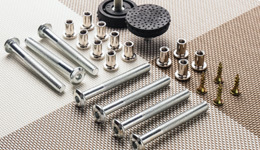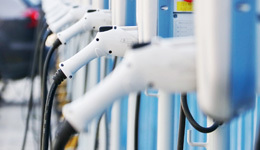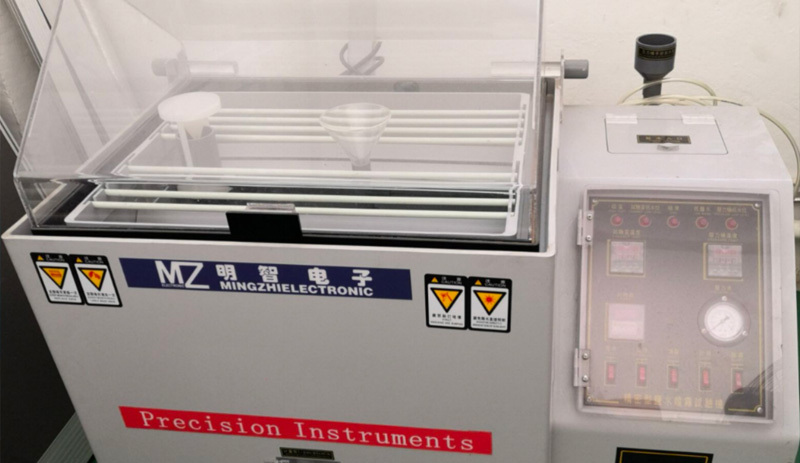Surface treatment process and advantages and disadvantages of the plastic shell of a multifunctional massager.
Release time:
2024-12-25
Common surface treatment processes for multifunctional massagers' plastic shells include painting, electroplating, silk screening, pad printing, hot stamping, and laser engraving. Below is a detailed explanation of these surface treatment processes and their advantages and disadvantages.
1. Ordinary Spray Painting
Principle and Process: Paint is evenly applied to the plastic shell using a spray gun. The plastic shell is carefully cleaned and non-paint areas are properly masked beforehand. The spray gun's air pressure (about 0.3 - 0.5MPa), spray width (10 - 30cm), and paint output are adjusted according to the characteristics of the plastic shell, and the operation is conducted in an environment with a temperature of 20 - 25℃, humidity of 40% - 60%, and good ventilation. Afterward, it is air-dried (24 - 48 hours) or heated in a drying room (50 - 80℃, 30 - 60 minutes).
Advantages: A wide range of colors can be mixed to meet diverse design needs; equipment and material costs are low, which helps control total costs.
Disadvantages: Easily scratched during daily use, with poor wear resistance; paint can discolor and corrode when in contact with chemicals, showing insufficient chemical resistance.
2. UV Spray Painting
Principle and Process: After ordinary spray painting, ultraviolet curing equipment is used to quickly cure the paint. The spray gun's air pressure (about 0.4 - 0.6MPa) and other parameters need to be adjusted according to the paint characteristics, while setting the power of the UV lamp (80 - 120W/cm), wavelength (365nm or 405nm), irradiation distance (10 - 15cm), and time (30 - 120 seconds).
Advantages: The paint film is hard and smooth, with strong wear resistance; good resistance to common chemicals; UV curing is rapid, significantly improving production efficiency.
Disadvantages: The purchase and maintenance costs of specialized UV curing equipment are high; strict control over spray thickness, UV irradiation parameters, and other process conditions is required, making it easy to encounter incomplete curing or paint film quality issues.
3. Water Electroplating
Principle and Process: Based on the principle of electrolysis, after pretreating the plastic shell and controlling the composition of the electroplating solution, current density, time, and other parameters, a metal film is deposited on its surface.
Advantages: Presents a strong metallic texture and luster, significantly enhancing surface hardness and wear resistance.
Disadvantages: There are environmental pollution risks, and the process is complex with relatively high costs.
4. Vacuum Electroplating
Principle and Process: In a vacuum environment, metal is evaporated and deposited on the surface of the plastic shell, controlling deposition rate, film thickness, and other parameters.
Advantages: The formed metallic texture is delicate and uniform, with good environmental performance.
Disadvantages: Requires a huge investment in equipment, with relatively low production efficiency.
5. Silk Screening
Principle and Process: By making a silk screen, mixing ink, and controlling parameters such as squeegee pressure and speed, silk screen printing is performed on the plastic shell.
Advantages: Can achieve rich and high-precision pattern printing, with good cost-effectiveness.
Disadvantages: The printing effect for large areas of solid color or gradient color is not ideal, and printing on curved surfaces can lead to pattern distortion and blurriness.
6. Pad Printing
Principle and Process: First, a steel plate is etched, then a silicone head is used to pick up ink from the steel plate and transfer it to the plastic shell, controlling parameters such as silicone head pressure and contact time.
Advantages: Can achieve high-precision printing, with good adaptability to curved surfaces.
Disadvantages: Relatively low production efficiency, and the costs of making etched steel plates, special silicone heads, and inks are high.
7. Hot Stamping
Principle and Process: Using high temperature and high pressure to stamp metal foil onto the plastic shell, with parameters such as temperature, pressure, and time needing to be set properly.
Advantages: Presents a luxurious appearance, with good durability of the patterns.
Disadvantages: High costs, difficult to change designs, and poor flexibility.
8. Laser Engraving
Principle and Process: Using a laser beam to engrave on the plastic shell, requiring control over laser power, scanning speed, and other parameters.
Advantages: High engraving precision and freedom, does not damage the material and is environmentally friendly.
Disadvantages: High investment in equipment.
Content sourced from the internet. If there are any issues, please contact us for deletion.
Focus on hot spots














